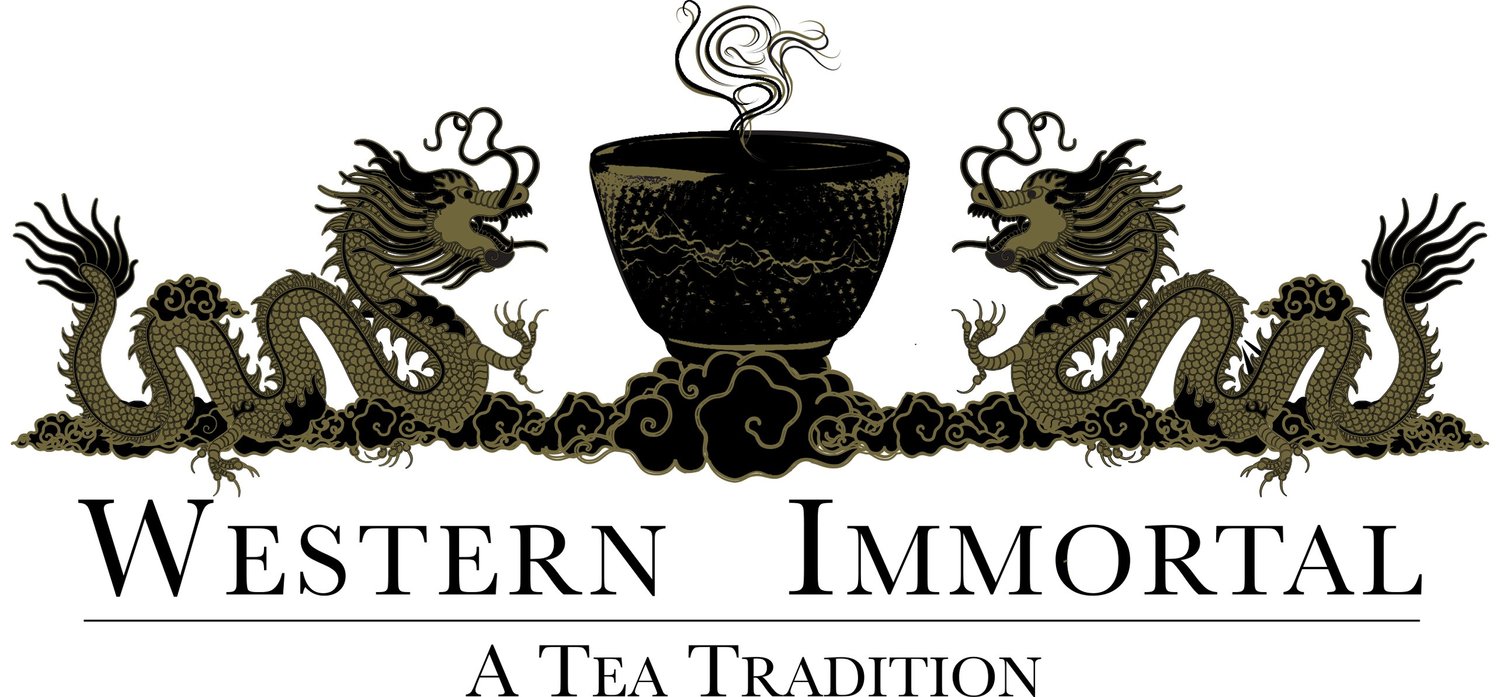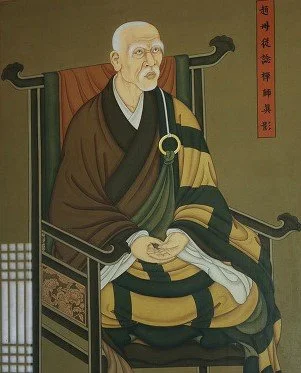The Influence of Tea on Religious Traditions Part 1
Tea and herbalism have been an integral part of many religious traditions for thousands of years. Within these traditions, tea has been used for healing purposes, offerings, spiritual aid, journeying, fellowship, compassion, wisdom, insight, and teaching. Below are stories from different religious and spiritual teachers showing how tea has been used in their tradition.
St. Hildegard of Bingen the Herbalist
Hildegard of Bingen (1098-1179) was a mystic, scholar, prophet, composer, moralist, herbalist, and scientist. When she reached 60, she began to travel and talk to people about religion and about her beliefs on sickness and cures. She proclaimed that each human being deserved the opportunity to develop their individual talents and potential as one of God’s children. As word spread about this mystical healer, she was highly sought out for counsel and healing by some of the most influential people of her time.
The three basic tenets of Hildegard’s practice as an herbalist were detoxification, nutrition, and natural remedies. Essentially, she sought to purge the body of toxins, resupply the body with nutrients, and treat specific disorders with herbs or other remedies found in nature. She stressed the importance of harmony between body, mind, and spirit, very much like herbalists today. She also believed that God was the true healer.
Hildegard’s major works are on theology, but she wrote two books on medicine and pharmacology. She wrote about the human body and how to treat many disorders using herbs, describing what she understood as the properties of the herbs that she used in healing from observation and practice. Some of her formulas and remedies remain relevant and are used today.
Chan (Zen) master using tea to help others reach enlightenment
Zhaozhou Congshen (778-897) was a disciple of Nanquan for several decades. After Nanquan passed away, Zhaozhou set out to travel to different temples throughout China to cultivate his practice further. He became a very famous Chan master and was known for the famous Koan: “Does a dog have Buddha nature?” and he replied back “Wu!” which means yes!
He has another famous Koan about tea which he uses to help bring enlightenment to students and teachers.
One morning, Zhaozhou was welcoming new arrivals.
Zhaozhou, addressing one of the monks, said, "Have you been here before?"
"Yes."
Zhaozhou replied,"Go drink tea."
Zhaozhou, addressing another monk, said, "Have you been here before?"
"No, your Reverence, this is my first visit here."
Zhaozhou replied, "Go drink tea."
The prior of the monastery took Zhaozhou to task. "One had been here before, and you gave him a cup of tea. The other had not been here, and you likewise gave him a cup of tea. What is the meaning of this?"
Zhaozhou said, "Prior!"
"Yes?" responded the prior.
"Go drink tea!"
Source: Zen’s Chinese Heritage The Masters and their Teachings by Andy Ferguson
Padmasambhava using tea to satisfy the spirits
Padmasambhava is the name of the great Tibetan master who traveled from India to Tibet in 860 AD. When he arrived in Tibet, he shared many teachings that helped transform Tibetan Buddhism, including secret teachings, Tantra, calming and converting spirits, blessings, treasures, and wisdom.
In the 8th century, the inhabitants of a certain region in the Himalayas would kill animals and sacrifice them to appease the local mountain gods and spirits. In those times, it was very common to see locals use animal flesh and blood as offerings. When Padmasambhava saw this, he helped transform the practice so animals no longer had to be sacrificed and, instead, red tea and red colored barley dough were offered to the local gods and spirits. The local gods and spirits were satisfied with this change, and the locals no longer had to kill animals to make offerings.
The pure offering of tea helped save thousands of animals from being slaughtered and helped transform the locals to live in a more compassionate way!
Source: https://www.sahapedia.org/impact-padmasambhavas-charismatic-teachings-ladakhi-society-and-way-life
by Chandler McAnally



